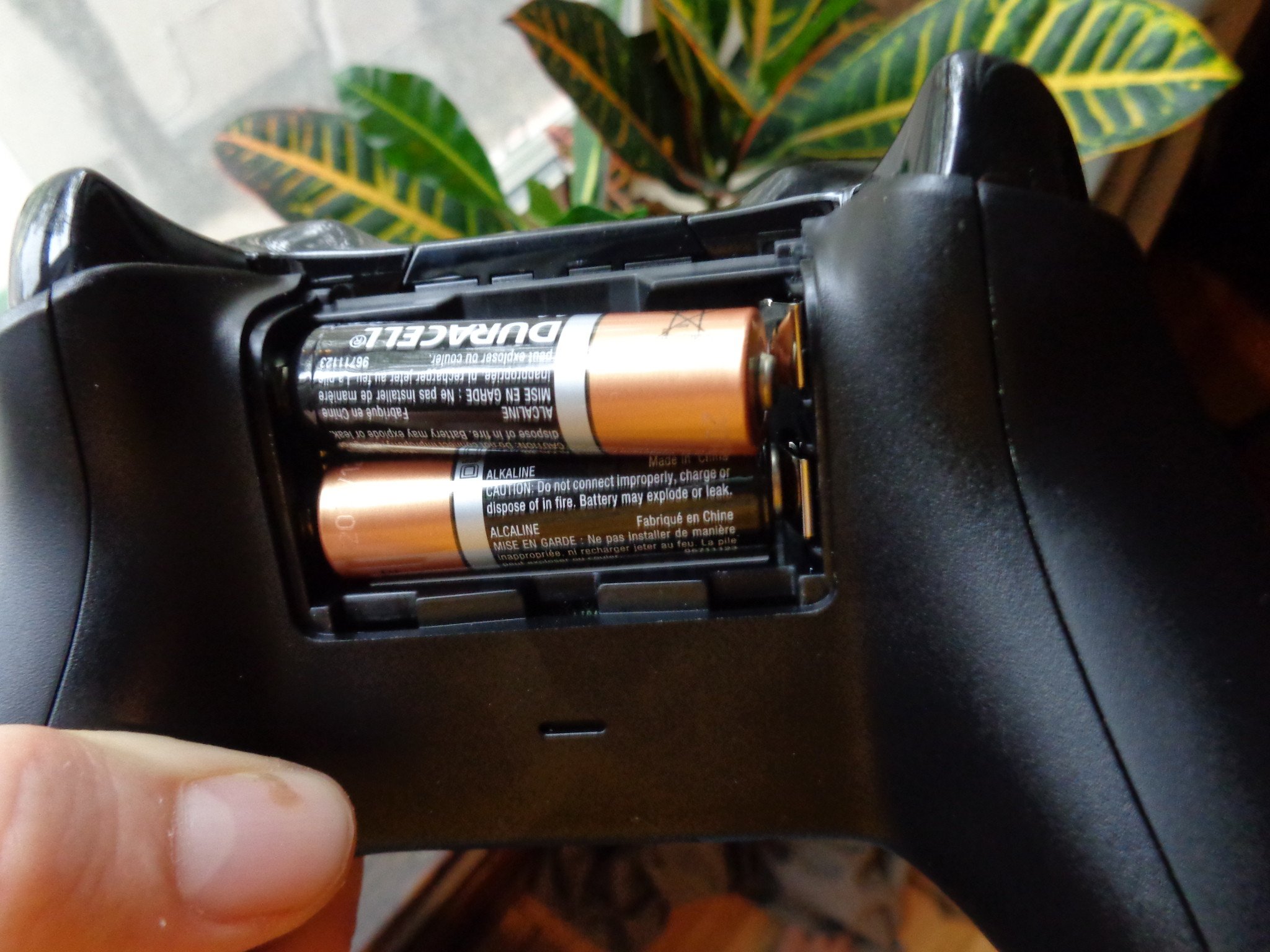Microsoft leverages AI to identify a new material that can potentially reduce the use of Lithium in batteries by 70%
Lithium in batteries is extremely dangerous, as it's prone to overheating and fires. Luckily, scientists have identified a new material that will help cut down its use by 70%, though it's a poor conductor of energy.

What you need to know
- Microsoft and Pacific Northwest National Laboratory (PNNL) might be on the verge of a breakthrough that will see the use of lithium in batteries reduced by up to 70%.
- The scientists leveraged AI and highly capable computing to identify potential materials that can be substituted in place of lithium.
- Lithium is prone to fires, and its extraction process has negative implications on the environment since it requires a lot of water and energy.
- The identified material is a solid electrolyte which makes it a poor conductor of energy, ultimately giving lithium the upper hand in comparison since it's a better conductor in its liquid state.
The year of AI is indeed upon us, following Microsoft's recent announcement detailing its breakthrough in finding new battery materials. Most of the batteries available at the moment are lithium-based, which is a major concern among users because they are prone to fires, among other safety concerns.
Working alongside the Pacific Northwest National Laboratory (PNNL), Microsoft has already made significant headway in finding an alternative for lithium-ion batteries, according to a spot by The Verge.
The material poses less risk as it's a solid-state electrolyte, which essentially means that it's less likely to burst and cause a fire. Per the scientists' findings, the material will help reduce the use of lithium in batteries by a whopping 70%.
What does this mean for lithium-ion batteries?

While this discovery is an incredible feat, there's still a lot of work and testing that needs to be done. On the bright side, scientists are stoked with the availability and general existence of generative AI, as it can potentially hasten the entire process. Of course, the solid-state electrolyte material isn't written on stone. It's worth noting that liquid electrolytes are far more efficient when it comes to conducting energy when compared to solid electrolytes. A puzzle that scientists are still actively looking to resolve.
According to Karl Mueller, a physical chemist and program development office director at PNNL:
"The big point to make is the speed by which we got to a new idea, a new material. If we can see that kind of acceleration, my bet would be on that this is the way of the future to find these kinds of materials."
As such, the scientists will likely make more discoveries and explore more materials throughout the entire testing phase. Researchers working on the project leveraged AI capabilities to identify ideal and potential materials to replace lithium in batteries. For context, scientists used AI technology to sieve through 32 million potential materials and narrowed down the list to 18 in less than a week. A process that would have taken them more than two decades if they were using traditional methods to access these materials.
All the latest news, reviews, and guides for Windows and Xbox diehards.
As highlighted by Krysta Svore, lead at Microsoft Quantum – Redmond (QuArC) group at Microsoft Research:
“We need to really compress the next 250 years of chemistry material science into the next two decades, right? And that’s because we want to save our planet. As you can see from these results, AI and high-performance computing together are able to deliver an acceleration in that scientific discovery.”
Lithium-ion batteries won't be dependable for long

Lithium is the main driving force for most of our electronic devices, from smartphones to electric vehicles. Consequently, the demand for the product is extremely high versus its actual supply.
With this in mind, we might end up in a situation where the resource is no longer readily available. According to the US Department for Energy, the demand for lithium-ion batteries is projected to hit an all-time high by 2030 (up to ten times the current demand).
At the moment, manufacturers are actively building more battery plants to match the increasing demand for batteries. While this is barely working, this is negatively impacting the environment as the process of sourcing the material requires a large amount of water and energy as shared by BBC.
Luckily, the scientists still have up to 17 potential materials to choose from that might be perfect candidates to replace lithium. Not forgetting that they have access to generative AI and high-performance computing to make the process simpler and faster.

Kevin Okemwa is a seasoned tech journalist based in Nairobi, Kenya with lots of experience covering the latest trends and developments in the industry at Windows Central. With a passion for innovation and a keen eye for detail, he has written for leading publications such as OnMSFT, MakeUseOf, and Windows Report, providing insightful analysis and breaking news on everything revolving around the Microsoft ecosystem. While AFK and not busy following the ever-emerging trends in tech, you can find him exploring the world or listening to music.
